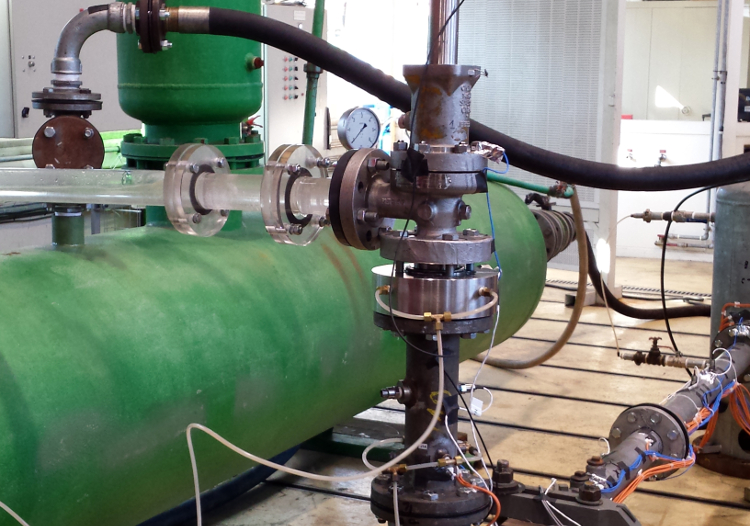Stability of conventional safety relief valves
Safety relief valves are safety devices which in principle should never be opening in normal service. Their opening usually occurs after the action of other safety devices such as pressure switches, high pressure or high level detectors etc...
When the pressure inside the process exceeds the set pressure of the safety relief valve, the disc and the spindle is raised and allows the pressure to drop to below a preset threshold. In a valve with direct action, the spring compresses and remains compressed until the internal pressure of the system is above the reclosing pressure. When the pressure falls below this pressure, the spring compress the disc on its seat and the valve becomes tight.
The outlet flange of the valve can be extended by piping (vent), often located high mounted vertically or angled. This type of arrangement allows the exhaust of the product by promoting its dilution in the atmosphere, thereby minimizing the potential effects on the environment by channeling in an appropriate area, and for cases of inflammation of the discharged product away the flames of the wall and thus protect the process. On the other hand, a length of piping can be placed upstream of the valve away from the process to protect. It is recommended in the standards that the pipeline including all security features, settings and cutting upstream of a valve should be as short as possible.
This study leads to understand the origin of the instabilities affecting these safety relief valves and to promote simple rules for a proper design of the inlet and outlet piping required for stable and secure safety relief valve behavior.


